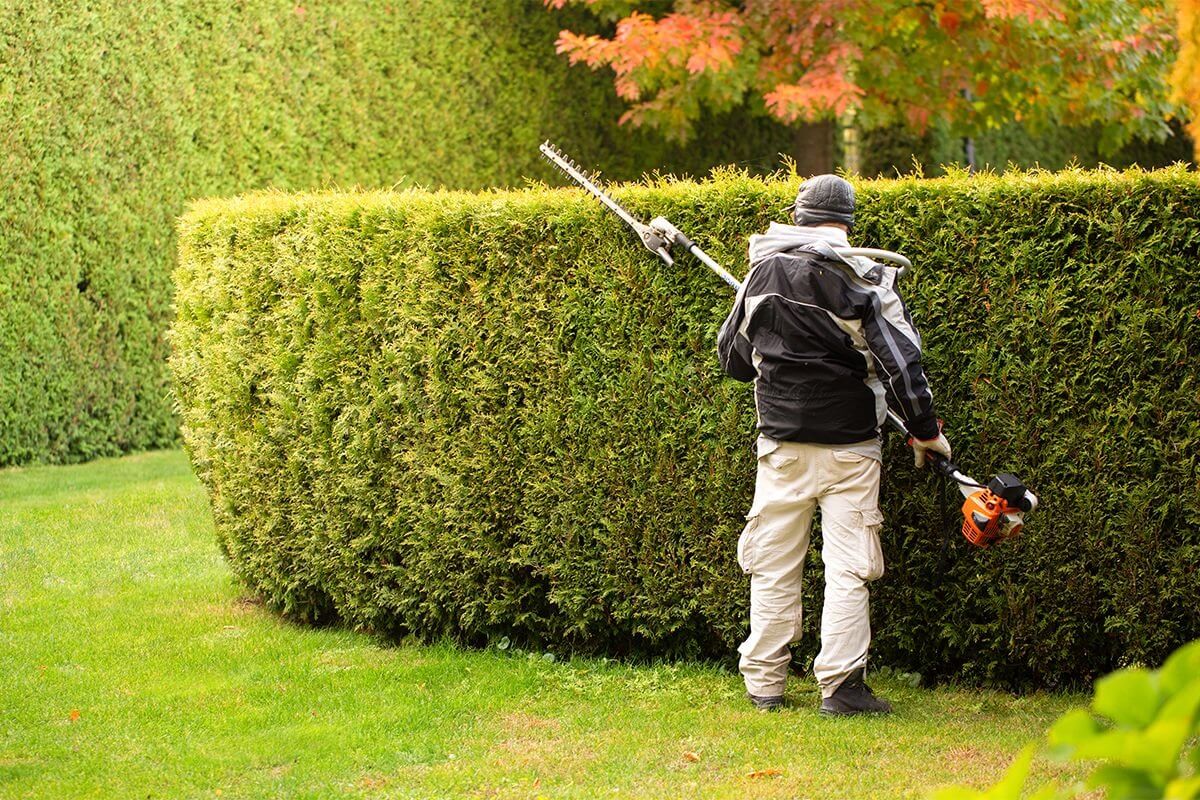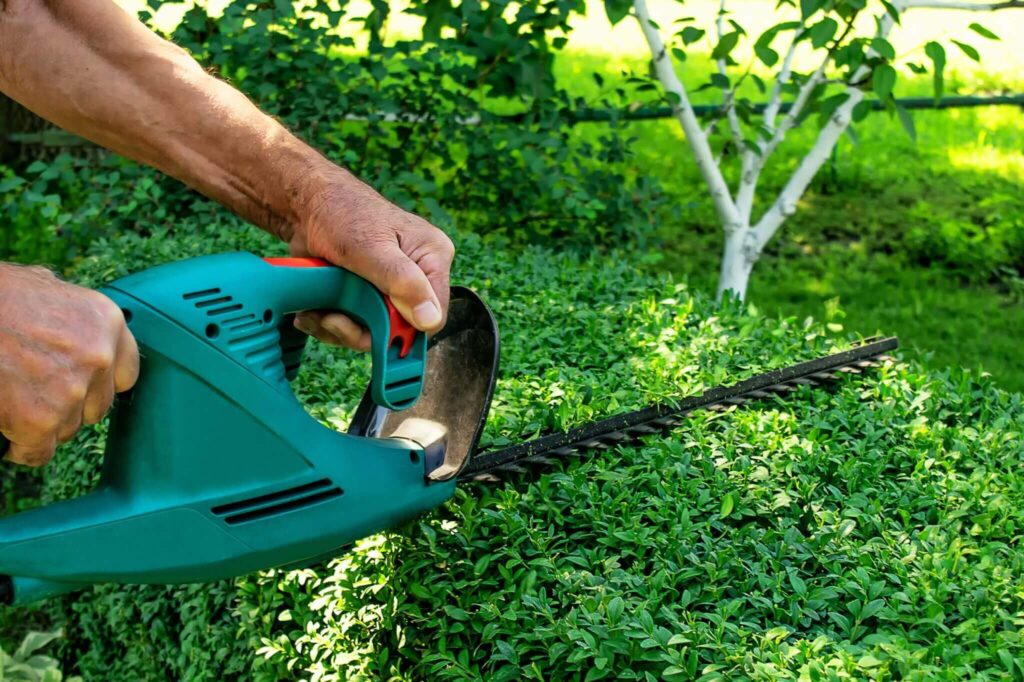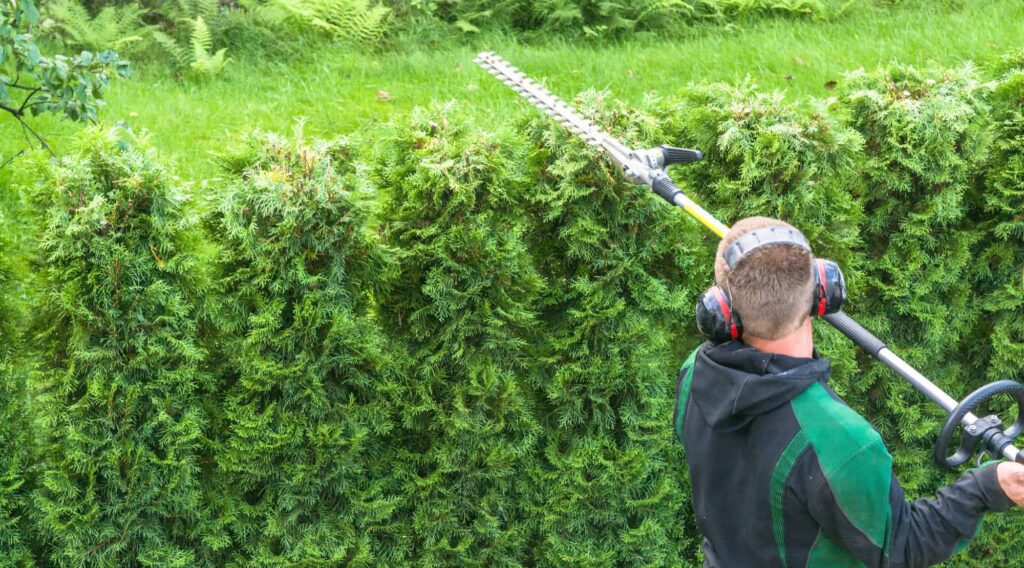Phone:
(701)814-6992
Physical address:
6296 Donnelly Plaza
Ratkeville, Bahamas.

When it comes to maintaining a beautiful garden, perfecting your hedges is an essential task that can greatly enhance the overall appearance of your outdoor space. Hedge cutting might seem daunting at first, but with the right knowledge and techniques, you can achieve immaculate and professional-looking borders. In this article, we’ll explore everything from the basics of hedge cutting to avoiding common mistakes, ensuring your hedges remain healthy and attractive.
Before you dive into the world of hedge cutting, it’s crucial to grasp the basics. Understanding what your hedges need and how the cutting process influences their growth is key. Each type of hedge has its specific requirements and optimal cutting times.
Regular hedge maintenance is not just about aesthetics; it’s about the health of the plants. Pruning encourages new growth, allows sunlight to penetrate, and can help prevent diseases. When you cut your hedges regularly, you’re promoting a dense and robust shrub, which in turn serves to fortify your garden’s habitat.
Regular maintenance plays a seminal role in the longevity of your hedges. Cutting them at the right seasonal intervals helps in shaping and encouraging new growth. For deciduous hedges, trimming in late winter or early spring can yield stunning results as the plants respond vigorously when the weather warms up.
Ignoring proper hedge care can lead to overgrowth, which not only looks unkempt but can also attract pests or diseases. A well-maintained hedge will add structure and beauty to your garden, serving as a backdrop for your plants and flowers.

Having the right tools makes all the difference in achieving stunning results. Some essential tools for hedge cutting include:
Having quality tools means you will not only finish the job quicker but also do so with precision. Remember that investing in sharp shears is paramount, as dull blades can cause jagged cuts that leave your plants vulnerable to disease.
Preparation is the cornerstone of any successful hedge cutting session. Taking the time to assess your hedge and plan your work will ensure an efficient process.
Start by examining the condition of your hedge. Check for any dead wood, diseased areas, or pests that might threaten the health of the plants. Understanding where to make your cuts will enable you to encourage growth in healthy areas and remove damaged parts.
It’s also wise to evaluate the shape you wish to achieve and whether your hedge requires a simple trim or a more extensive renovation. Some hedges may need rejuvenation, which can involve cutting back more severely than usual.
Once you’ve assessed your hedge, it’s time to plan your cutting session. Consider the weather; ideally, you want a dry day without strong winds. A calm day allows for better control when cutting and prevents debris from scattering.
Additionally, try to choose a time of day when the plants are not under the sun’s harsh rays. Early morning or late afternoon often provides the best conditions. Finally, set aside enough time for the task, allowing for breaks to avoid fatigue, which can lead to mistakes.

With preparation complete, it’s time to delve into the techniques that set a professional-looking hedge apart from a haphazard trim. Mastering these methods will ensure you achieve a tidy and aesthetically pleasing result.
Shaping your hedge is where the artistry of hedge cutting comes into play. Begin by envisioning the final shape you desire — whether it be a simple straight edge, a rounded top, or a more intricate design. Use a string line or stakes to guide you for straight edges.
As you cut, step back regularly to assess your work from a distance. This perspective will help ensure you maintain symmetry and balance, vital attributes for professional-looking hedges. Don’t rush this step; shaping is what differentiates a simple cut from a masterful touch.
When it comes to trimming, consistency is key. Work in small sections and utilise long, smooth strokes with your shears. Avoid hacking at the hedges randomly, as this can lead to uneven growth and patchiness.
A good rule of thumb is to slightly taper the top of the hedge to allow rainwater to run off effectively, avoiding pooling which can damage roots. Finish your trimming session by eyeing the edges and making touch-ups where necessary. The aim is for an even and harmonious appearance.

After achieving that immaculate cut, it’s essential to maintain your hedge to ensure it flourishes in the months to come. A little post-cutting care goes a long way.
Once you’ve finished cutting, it’s beneficial to clear away any debris to ensure your garden looks neat. Disposing of cuttings is not just for aesthetics; it also prevents diseases from spreading.
Watering your hedge well after cutting helps rejuvenate the plant and encourages healthy growth. Depending on the type of hedge, applying a slow-release fertiliser can provide the necessary nutrients to support new growth.
Establishing a routine for hedge maintenance will ensure your borders remain healthy and attractive year-round. Regularly check for signs of pests and diseases, and consider a second trimming later in the summer if necessary.
Scheduling maintenance sessions a couple of times a year gives your hedges the best chance to thrive, allowing you to enjoy their beauty in every season.
Even seasoned gardeners can make mistakes, so it’s worth highlighting some common pitfalls to avoid during your hedge cutting adventures.
One of the most common mistakes is over-trimming, which can lead to a sparse and unhealthy hedge. It’s vital to understand that hedges need foliage to thrive; overzealous cutting can remove too much plant material and weaken your shrubs.
Always aim to trim in moderation, retaining enough of the green leaves to ensure continued growth. When in doubt, it’s often better to err on the side of caution.
Finally, take care not to damage your hedge during the trimming process. Avoid cutting too close to the stems, as this can cause dieback and leave your plants susceptible to diseases. Always strive for a clean cut and aim to maintain the health of the plant.
By following these professional hedge cutting tips, you will not only keep your garden looking its best but also nurture your hedges to ensure they remain vibrant for years to come. Happy gardening!
More to read: Reliable and Affordable Stump Grind Services Near Me